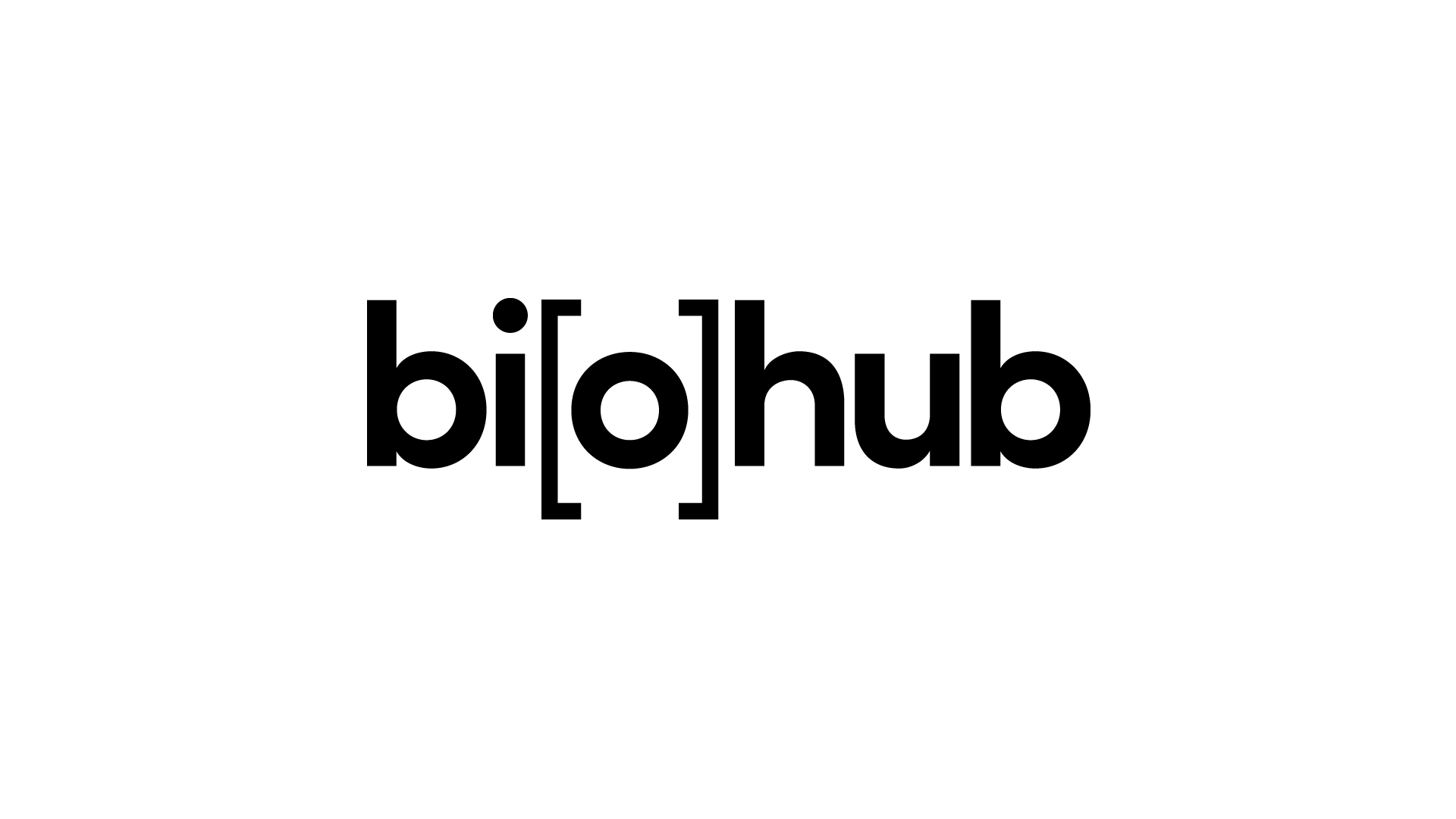WOVEN FABRIC BIOELECTRONIC DEVICE
Researchers at UC Berkeley and UCSF have developed a bioelectronic device composed of woven fabric to send impulses directly to the brain.
While vast scientific advances have been made in the last century in nearly every realm of biomedical science, neuroscience remains one of the last frontiers. While many scientists have made significant headway in terms of our understanding of the underlying mechanisms of brain functions, this progress has yet to result in a plethora of meaningful therapeutic advances. Because of this, many prominent neurological diseases, such as Alzheimer’s, paraplegia, and multiple sclerosis, have few therapeutic options available and no known curative strategies. One therapeutic strategy for neurologic disorders that is currently being explored is through implantable devices. In this schema, devices are implanted directly into the brain to provide electrical stimulation. However, these devices have significant drawbacks including rigidity, a difficult fabrication process, and limited functionality.
Stage of Research
The inventors have established a new class of bioelectronic device. This device is composed of woven fabric and will conduct and send electrical signals, provide optical stimulation, as well as support a group of cells. These cells can range from inducible pluripotent stem cells (iPSCs), neural stem cells, or fully differentiated neurons. This method also represents several different weave methods to enable unique applications from the device depending on therapeutic need. This schema also provides for the addition of soluble factors as needed. These factors can include growth factors such as BDNF or VEGF to promote cell growth and survival, as well as anti-inflammatory factors such as IL-1ra. Overall, this device is perfectly positioned to enable brain lesion repair, something that has proved difficult in the past due to the terminally differentiated nature of neurons, which makes them unable to regenerate or divide past a certain point in development.
Applications
- Enable neurological lesion repair by introducing neural and/or stem cells
- Sensors can provide feedback on neurological lesion repair in real time
- Soluble factors such as growth or anti-inflammatory factors can be added to facilitate wound healing
Advantages
- Woven material provides a flexible interface with tissues while still providing much needed structural stability
- Neural and/or stem cells can be cultured directly on the bioelectronic device
Stage of Development
Research- in vitro
Publications
PCT/US2023/012461
Keywords
Wearable, bioelectronic, iPSC, neural stem cells, implantable, biosensor, brain lesion
Technology Reference
CZ Biohub ref. no. CZB-220B-PC
UC Berkeley ref. no. B21-193
UCSF ref. no. SF2022-009

